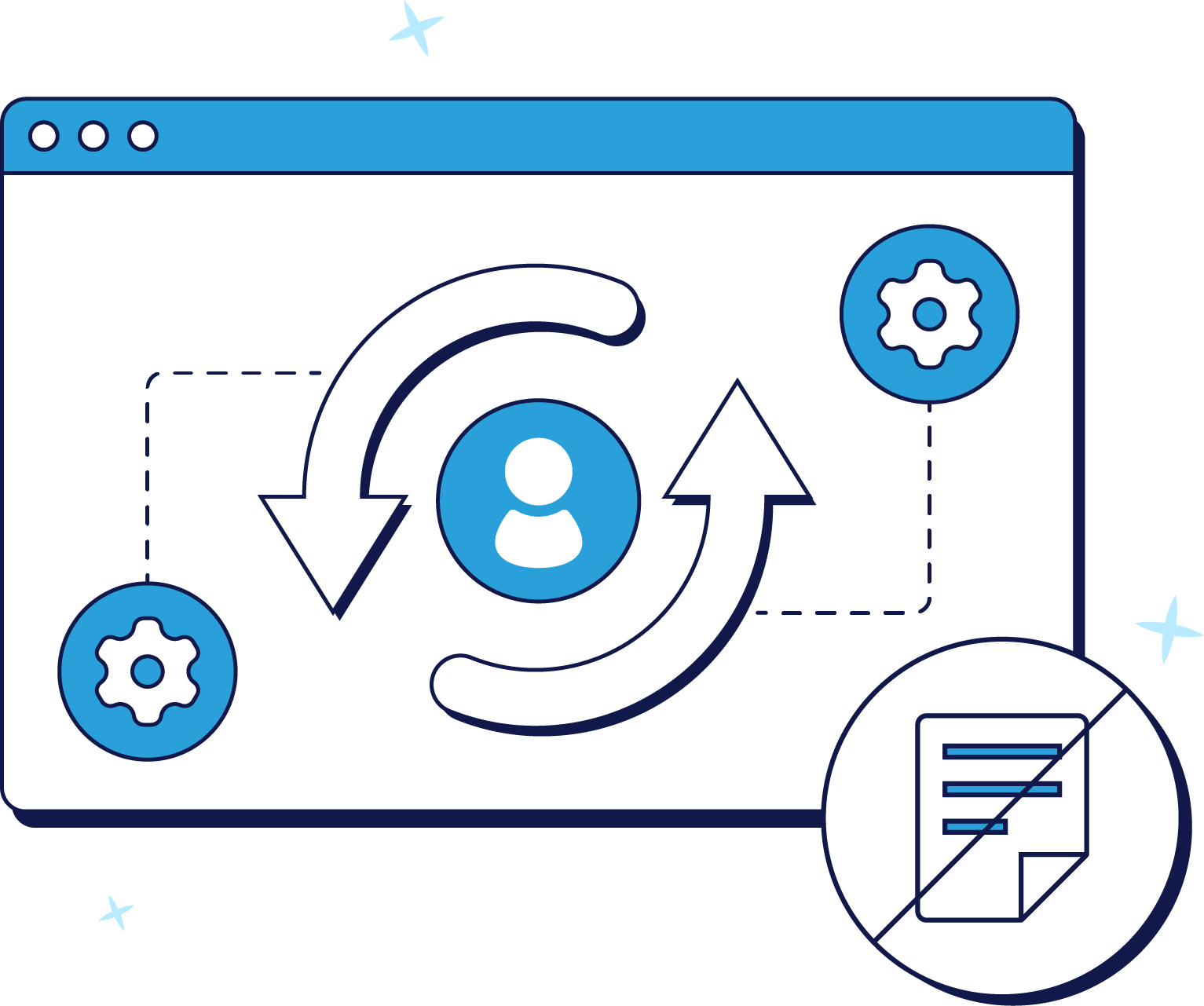In today’s fast-paced business environment, speed, efficiency, and reliability are more than competitive advantages-they’re essential. Yet, many organizations still rely on legacy payout systems built decades ago. At first glance, these systems “work,” but the hidden costs-financial, operational, and strategic, “work,” but the hidden costs-financial, operational, and strategic-can accumulate quickly, quietly undermining growth and innovation.
The Hidden Cost of Legacy Payment Systems
Legacy payment and disbursement systems were designed for a different era. They were sufficient when transactions were simpler, volumes were lower, and speed wasn’t critical.
Today, they often create more problems than they solve:
- Rising IT maintenance costs: Older system require specialized knowledge, frequent updates, and dedicated IT resources. On average, IT maintenance costs increase 15-20% per year as these systems age. These costs drain budgets that could otherwise fund growth initiatives or innovation.
- Time-consuming reconciliation: Finance teams spend a significant portion of their time reconciling errors. Studies show that up 25% of a finance department’s time can be consumed by fixing mistakes caused by outdated infrastructure. Manual reconciliation is slow, error-prone, and costly.
- Hidden transaction fees: Many legacy systems rely on slow wire transfers and intermediary banks, resulting in hidden fees and delayed settlements. U.S. businesses collectively lose an estimated $3 billion annually due to these inefficiencies.
- Operational rigidity: Legacy systems are inflexible. Adding new payout methods, supporting cross-border transactions, or adjusting to regulatory changes can be slow, complex, and expensive.
- Customer and employee frustration: Every delayed payment or failed transaction is more than a financial inconvenience. It can damage trust with employees, vendors, and customer, impacting loyalty and retention.
Even if a legacy system “functions,” it quietly drains resources, reduces agility, and hampers the ability to scale effectively.
Real-World Consequences
The hidden costs of outdated payout systems go beyond the numbers. Consider these scenarios:
- Employee incentives: A finance team spends days manually processing bonuses using a decades-old system. Errors occur, payouts are delayed, and employee morale drops. Motivation decreases, leading to lower productivity.
- Vendor payments: A supplier doesn’t receive payment on time due to slow reconciliation. Frustrated, they delay deliveries or raise prices. The business suffers operational disruptions and increased costs.
- Customer refunds: A delayed refund triggers customer complaints and negative reviews. Not only does this create additional support work, but it also damages brand reputation.
In all these cases, the cost isn’t just monetary-it’s reputational and strategic.
The Modern Alternative: AptPay
AptPay provides a cloud-based, API-driven platform designed to replace outdated systems with scalable, efficient, and secure payout infrastructure. Here’s how AptPay address the hidden costs of legacy systems:
- Cloud-Based, Scalable Infrastructure
- Moving payments to the cloud eliminates expensive on-premise hardware and reduces maintenance costs. AptPay allows businesses to scale seamlessly, handling thousands-or millions-of transactions without additional overhead.
- Real-Time Payments Across Multiple Networks
- AptPay supports multiple payout rails including Visa Direct, Mastercard Send ACH, and Interac. Transactions are processed instantly, eliminating reliance on slow intermediary banks and costly delays. Businesses can offer faster, more reliable payments to employees, vendors, and customers.
- Automation Reduces Manual Intervention
- Automated reconciliation, reporting, and error detection significantly reduce the workload for finance teams. BY minimizing manual intervention, companies reduce human error and free employees.
- End-to-End Visibility and Control
- AptPay provides a centralized dashboard offering full visibility into every transaction. Finance leaders can monitor status in real-time, generate audit-friendly reports, and make data-driven decisions, all while staying compliant with regulatory requirements.
- Lower Operational Costs
-
By reducing manual processes, eliminating outdated infrastructure, and avoiding hidden fees, AptPay lowers operational costs. Businesses can achieve faster settlement, increased accuracy, and a higher ROI on their payment systems.
-
Unlock Efficiency and Scale Without Limits
Legacy systems may seem like a “safe” choice because they are familiar, but the hidden costs they impose are significant. They drain resources, slow operations, and create risk.
Modern businesses require modern payouts. With AptPay, organizations can:
-
Cut hidden costs associated with outdated infrastructure
-
Reduce manual reconciliation and human error
-
Scale operations quickly and efficiently
-
Improve satisfaction among employees, vendors, and customers
-
Strengthen compliance and risk management
Conclusion
In today’s fast-moving digital economy, every transaction matters. Legacy payment systems may still function, but they silently erode growth, efficiency, and customer trust. The hidden costs—ranging from lost time and fees to reputational damage—are significant.
AptPay offers a modern, scalable alternative. By replacing outdated infrastructure with a secure, cloud-based platform, businesses can cut costs, enhance operational efficiency, and scale confidently. Modern payouts aren’t just about sending money—they’re about building trust, unlocking efficiency, and creating a foundation for sustainable growth.
👉 [Talk to AptPay Today]
